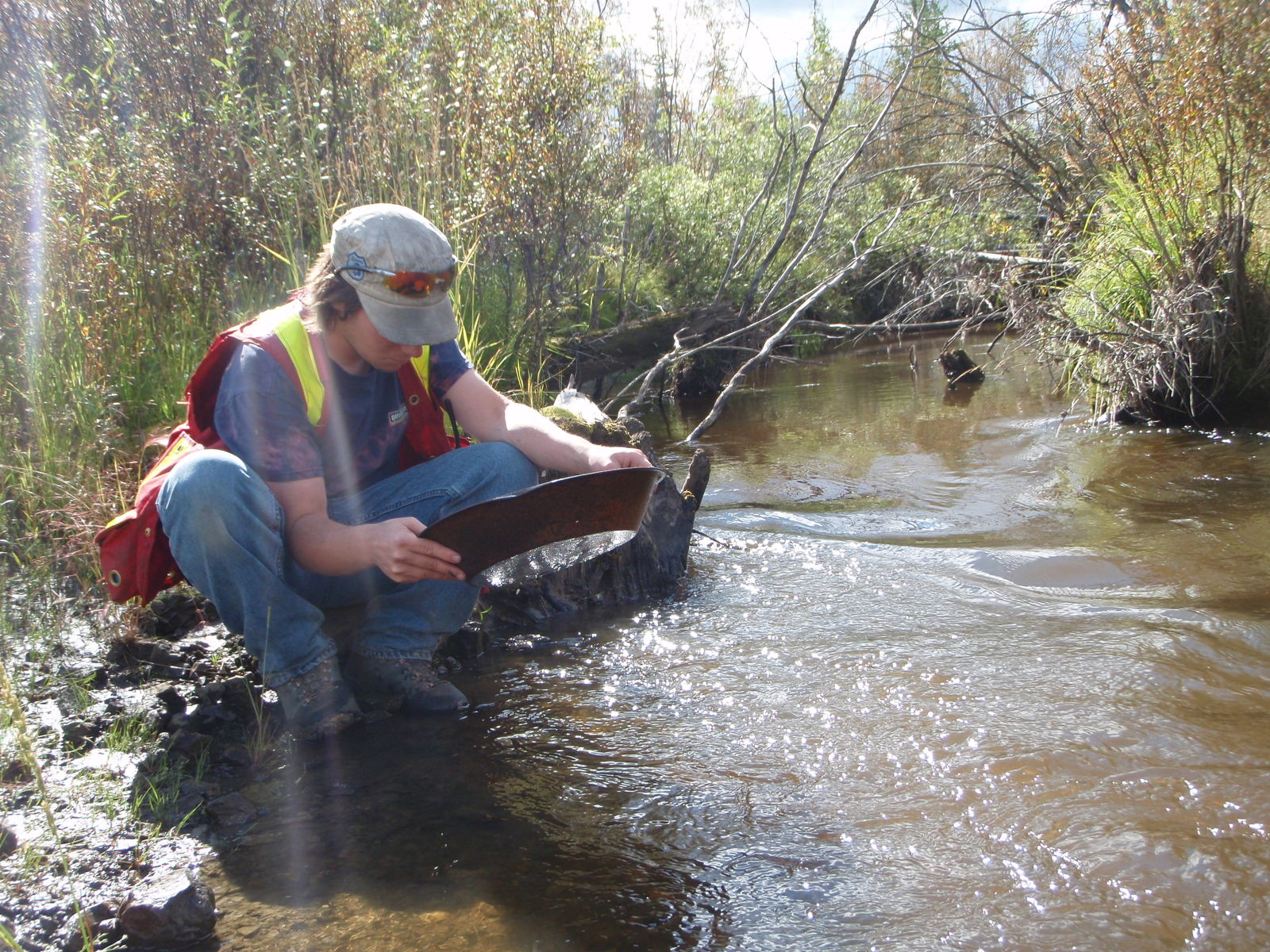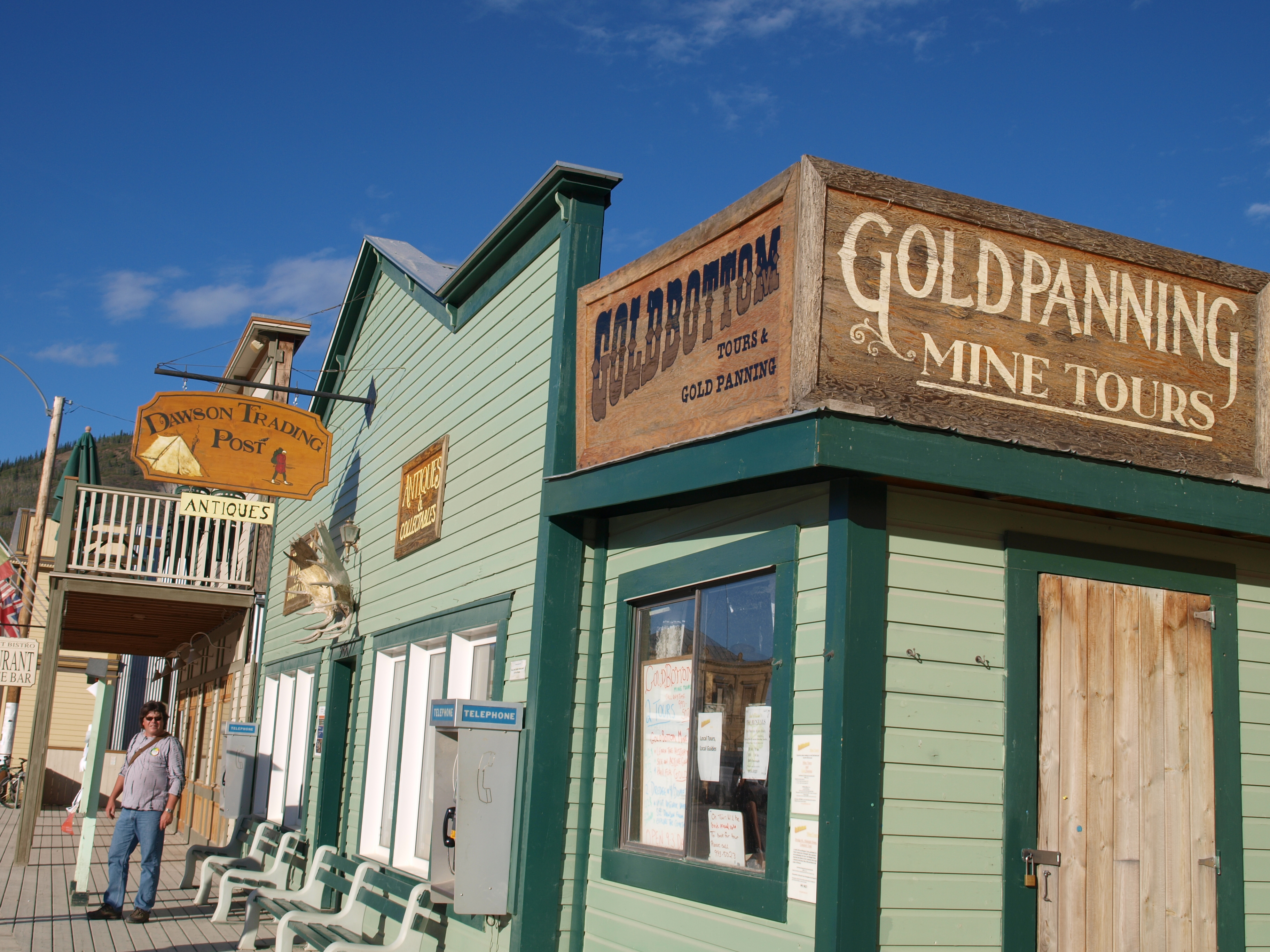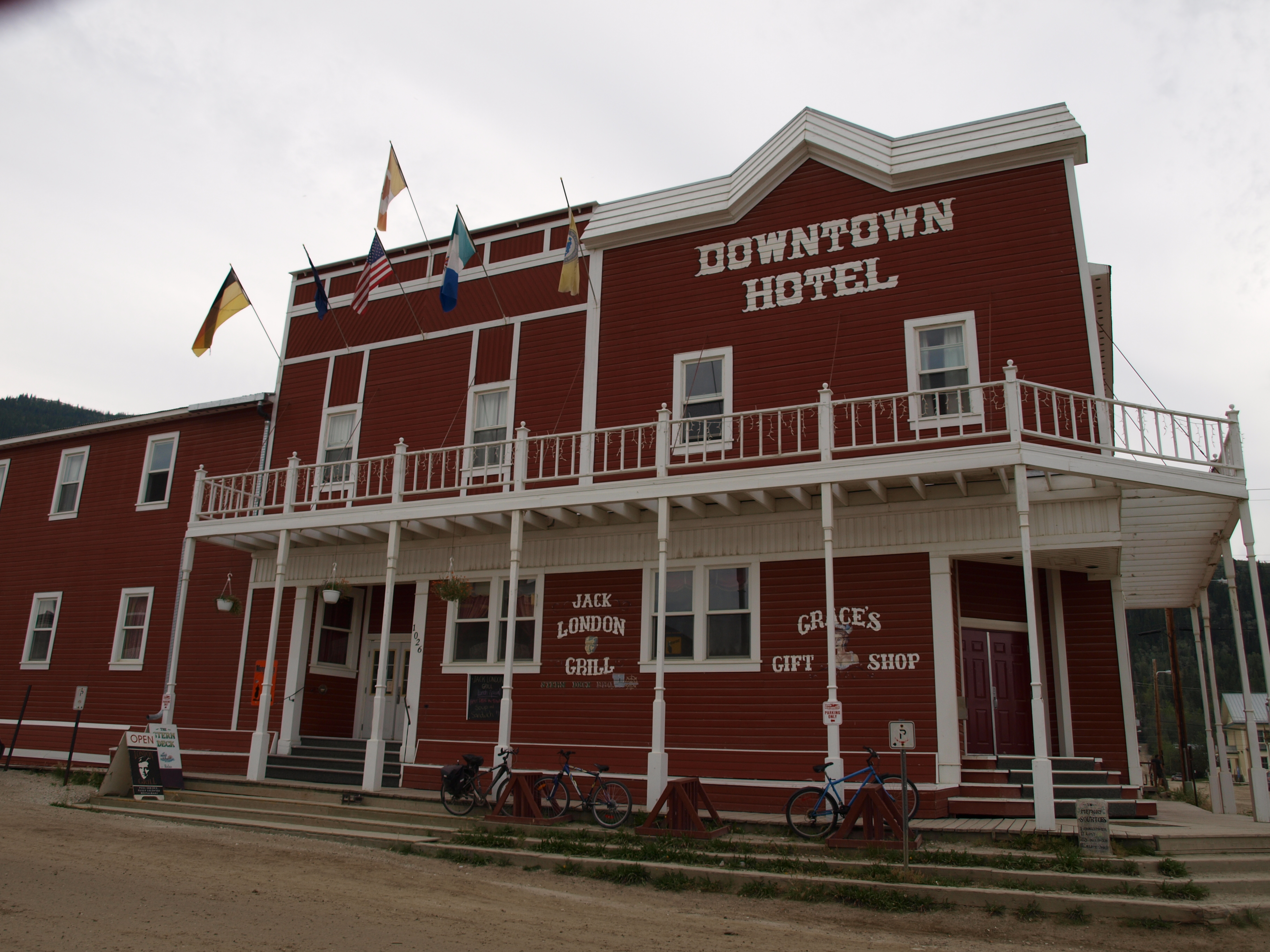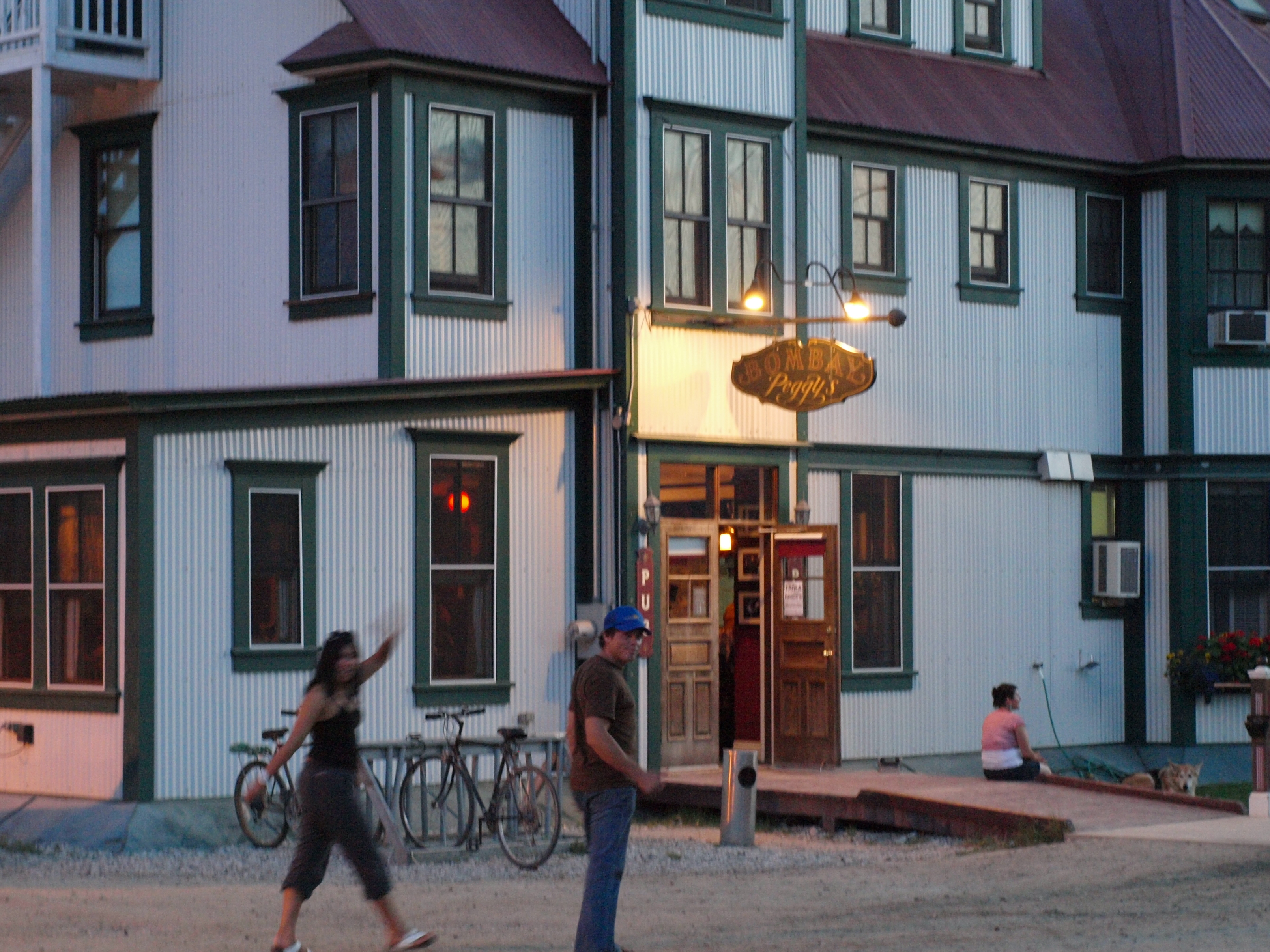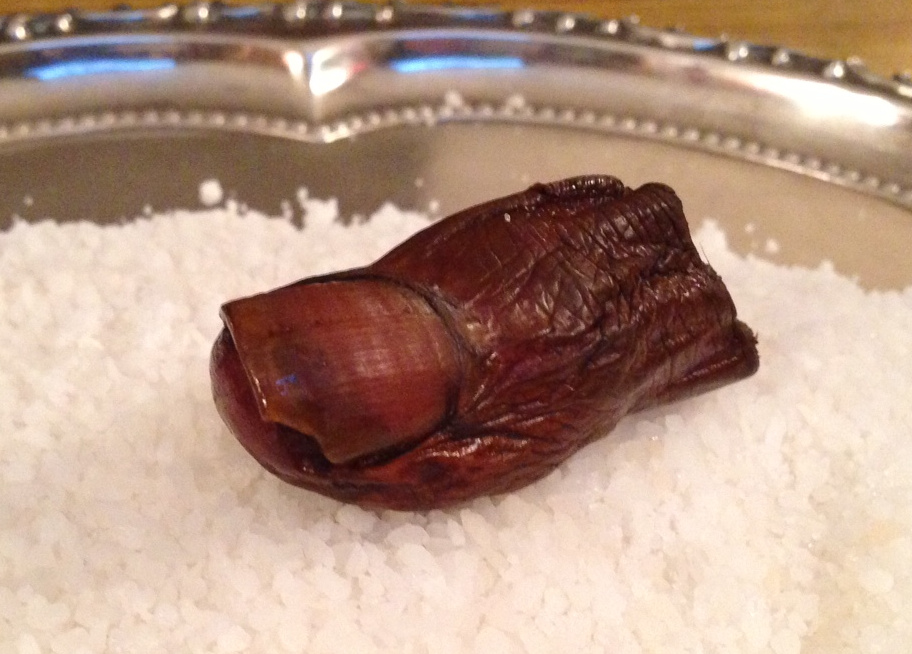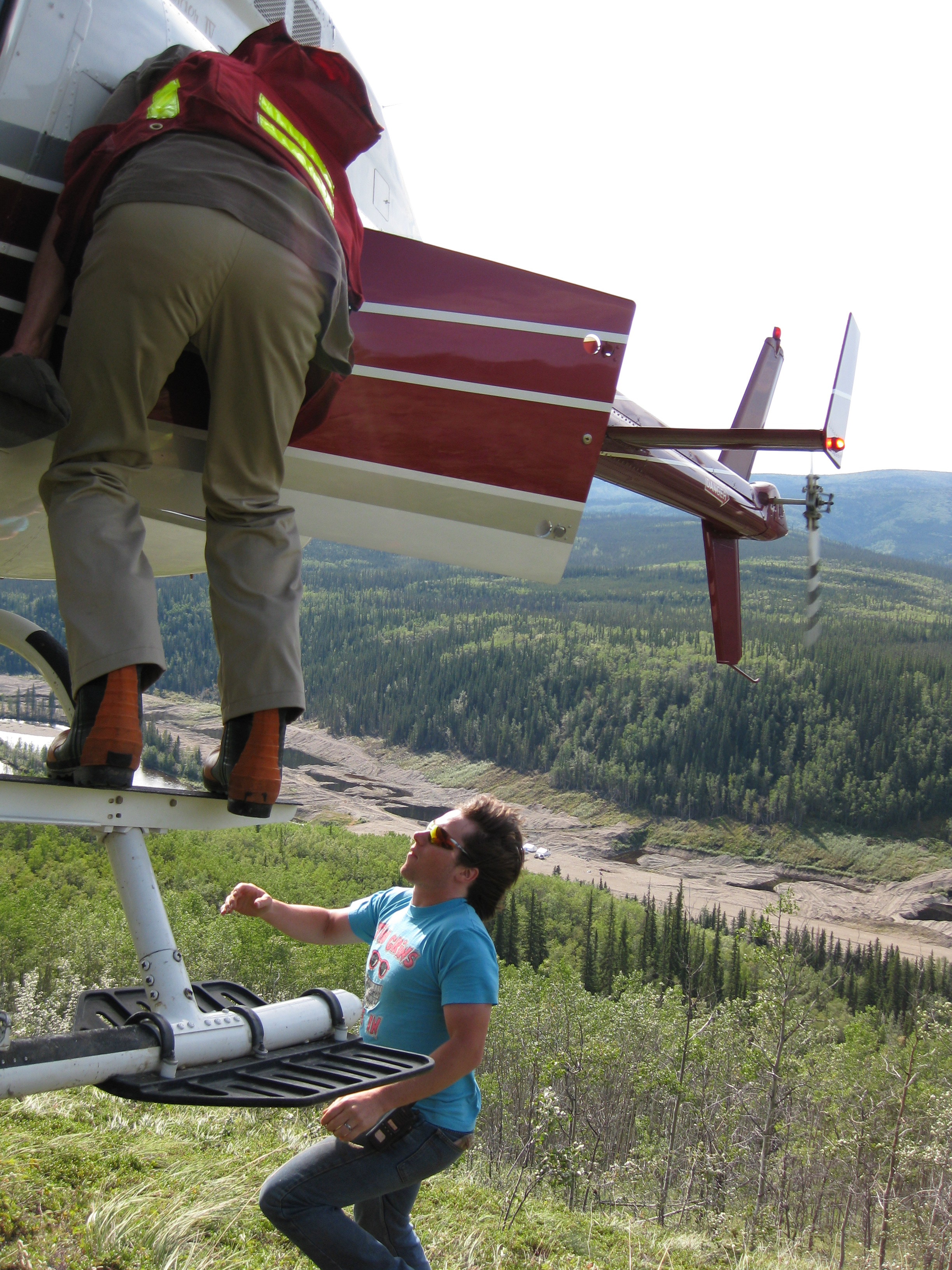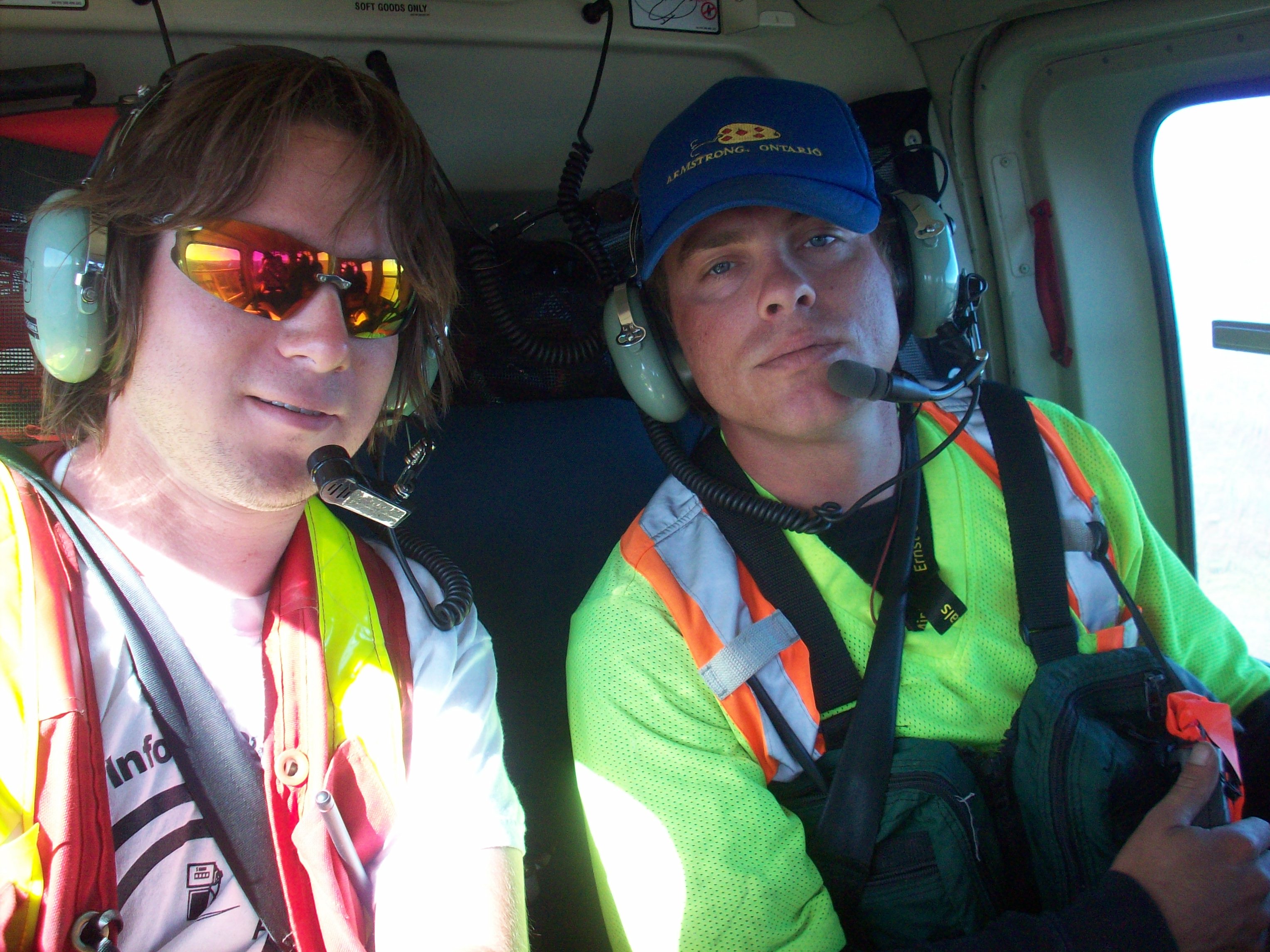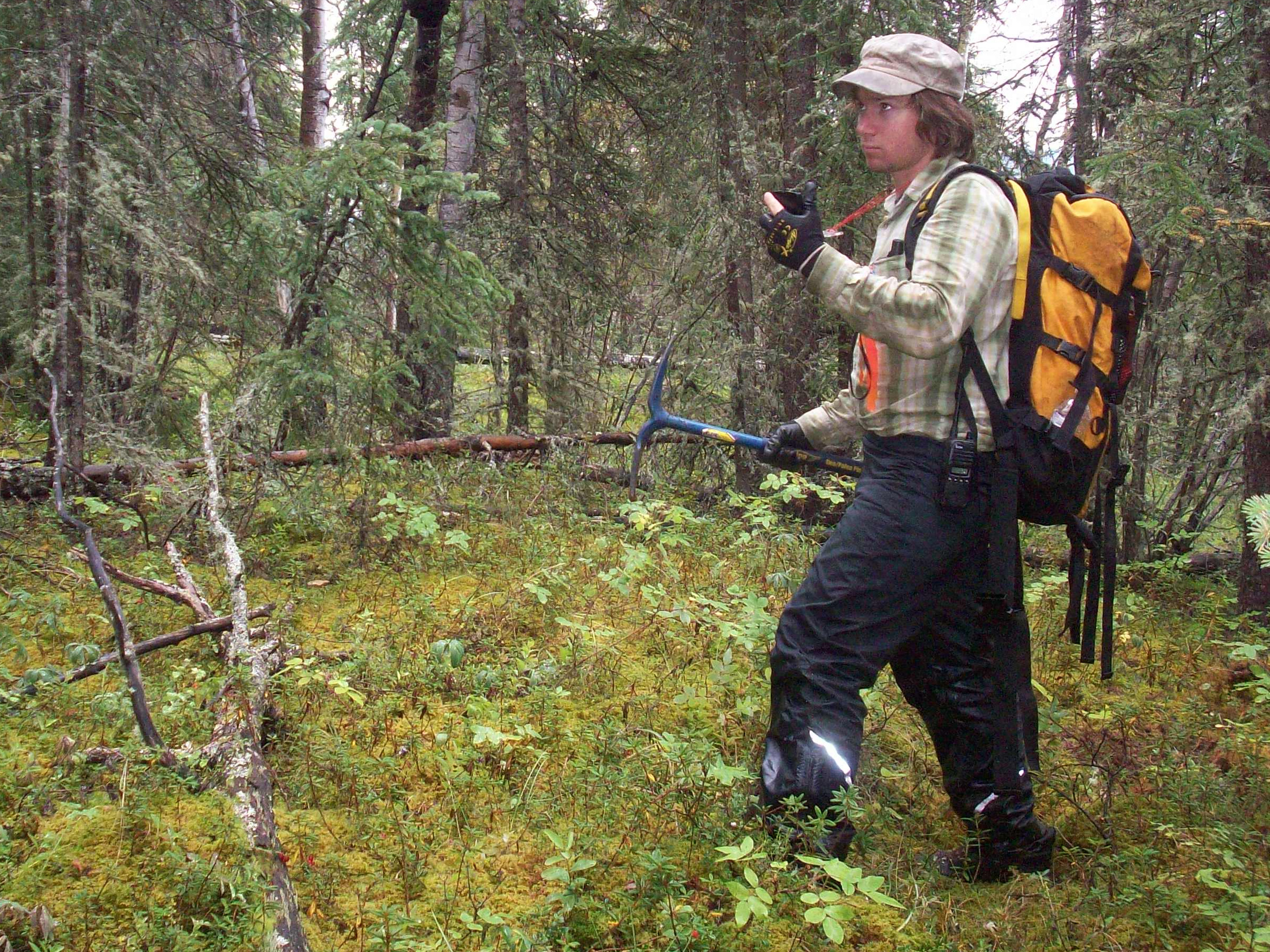In the summer of 2010 I was hired to work with a team to find hard rock gold in the Klondike. We explored a group of claims on the Indian River.
 My crew stayed at a camp operated by a character called Big Al. That name might sound familiar because he has been featured on the popular TV show Yukon Gold on the History Channel. Of course at that time we had no idea he was going to be a celebrity. During the trip we heard a rumour that Hoffmans working a few claims over were filming for a TV show, it turned out to be the hit series Gold Rush on Discovery. We were surrounded by gold mining TV stars but didn’t know it yet.
My crew stayed at a camp operated by a character called Big Al. That name might sound familiar because he has been featured on the popular TV show Yukon Gold on the History Channel. Of course at that time we had no idea he was going to be a celebrity. During the trip we heard a rumour that Hoffmans working a few claims over were filming for a TV show, it turned out to be the hit series Gold Rush on Discovery. We were surrounded by gold mining TV stars but didn’t know it yet.

The Klondike is a place that has a very storied history and was the site of the greatest gold rush of them all. California, Oregon, and British Columbia had their gold rushes and stories but the Klondike was like no other. Between 1896 and 1899 over 100,000 adventurers made the journey from all over the world to the largely uninhabited Yukon territory in search of gold. What made this rush different is the long journeys and overall inexperience of the Argonauts. At the time of discovery El Dorado and Bonanza creek were the richest creeks in the world. Some claims on El Dorado were getting $27 to the pan once they hit the pay streak. That is equivalent to about $750 per pan in today’s money.
My team met up in Whitehorse the capitol city of the Yukon Territory in early August 2010. We then rounded up some remaining gear and drove in a rented truck up to Dawson City. As you arive in Dawson City you can see the remains of over 100 years of placer gold mining. Before you reach the town you can see large tailings piles lining the sides of the highway. When looked at from above they look like something that was produced by a giant insect. The tailings piles were put there by humongous dredges that scoured the Klondike drainages until 1966. It is estimated that each of the dredges were producing as much as 800 ounces of gold per day!

Dawson City is a cool town. The residents have maintained the look and feel of Dawson’s heyday during the Klondike gold rush. The streets are dirt with wood plank sidewalks. Most of the buildings are original in the downtown area and many commercial buildings have the false front that was the norm during the gold rush era. There is even a law that all signs have to be hand painted.
There are no corporate stores or businesses in Dawson. Everything is locally owned and operated. Some of the original establishments from the 1890s are still in operation today. Diamond Tooth Gerties is one such establishment which offers games of chance and nightly can can dancers 7 days a week. Anouther is Bombay Peggy’s which operated as a brothel during the gold rush. It has turned into a classy bed and breakfast now.

Dawson has several historic bars as well. One such bar is the Downtown Hotel. We stopped in there one night after visiting several other bars and took part in a local tradition. It is called the Sourtoe Cocktail. Only one of my crew was willing to take the shot with me. The Sourtoe Cocktail is a shot of Yukon Jack whiskey taken with an amputated human toe in the glass. They keep the toe in a jar of salt above the bar. Apparently the tradition started with a bootlegger losing his toe due to frostbite. I was informed that this was their 6th toe which makes you wonder where they new ones came from.
The Bonanza Creek Road is the main access to Indian Creek. Along this historic route there are plenty of relics of past mining adventures. Most notably the historic Dredge No. 4 which mined Bonanza Creek until 1959. There are other dredges as well and plenty of old heavy equipment that was abandoned by miners of the past. There are abandoned bulldozers, excavators, trucks and other random big machines. There is such a surplus of iron that many bridges use large dozer shovels as retaining walls.
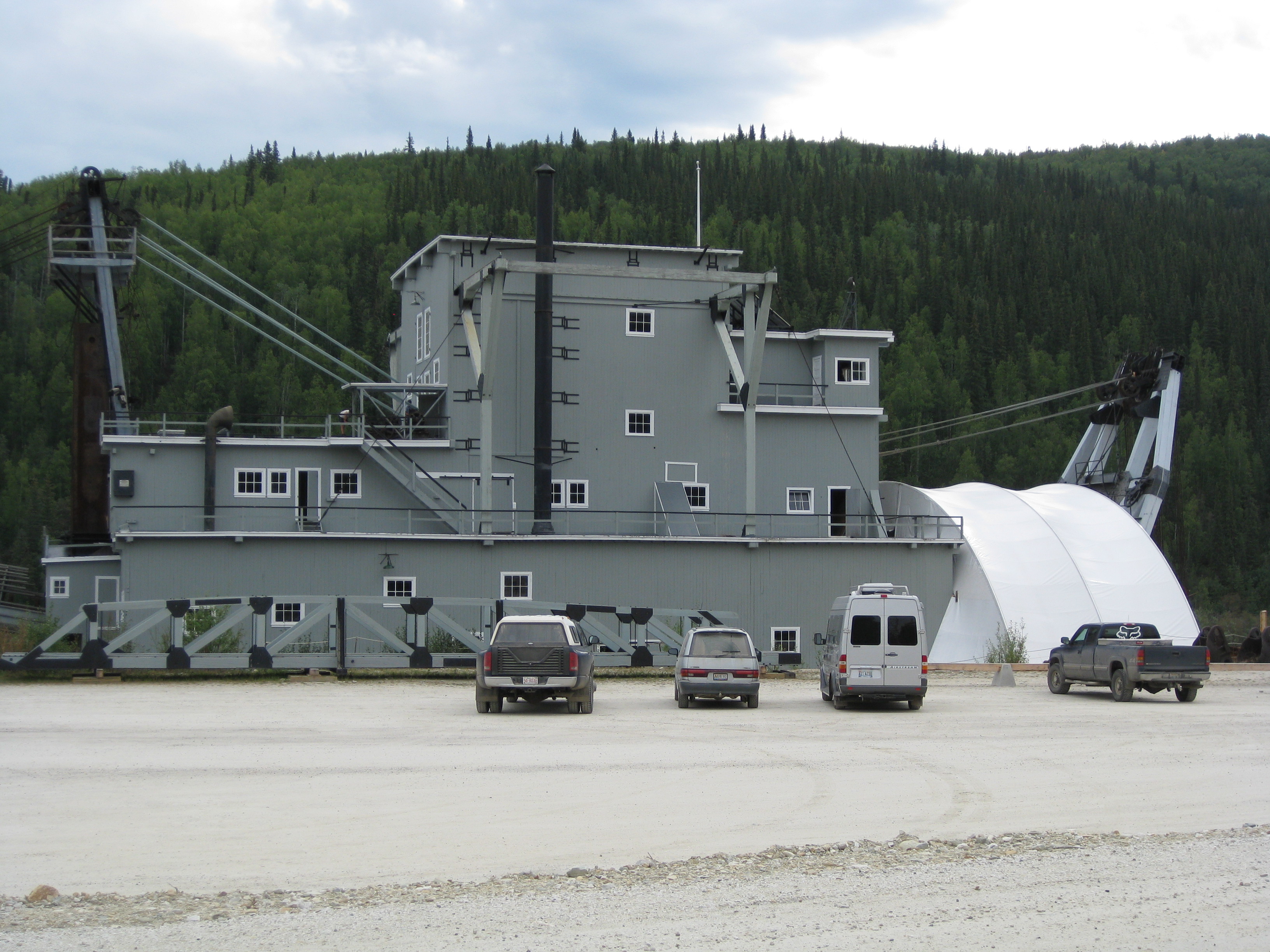
We were tasked with finding the source of the placer gold in the Indian River. We stayed at Big Al’s camp and were exploring mineral claims that overlapped his placer claims. His knowledge of gold bearing benches as well as historical research was very important in our search. Likewise our findings were beneficial to Al in exploring new placer areas. Most of our time was spent exploring old miner’s trails on quads and by foot. I’d be lying if I said it wasn’t a great time.
We came across several old mine shafts and evidence of placer mining was everywhere. My crew participated in some of Big Al’s cleanups too. It was exciting to see the amount of gold that he was pulling out. We participated in all the steps of his cleanup process from cleaning the sluice to the concentrator jig and so on. At each stage a fair amount of rum was consumed it seemed fitting when surrounded by hundreds of ounces of gold.

In our hard rock exploration we employed several techniques utilizing traditional prospecting as well as soil sampling and statistical pebble counts. The soil sampling was conducted with helicopter support which made it a lot easier. We were bagging close to a hundred samples per day each which was more than we could carry in the bush. At the end of the day we’d chop out a helicopter landing area and radio the chopper. Then we’d pick up the samples that we cached during the day. Hard work but a lot of fun too.
We spent a total of six weeks prospecting the area. We took a lot of samples to be sent in for assay from all over the claims. Prospecting in the Yukon is similar to BC, there is not a lot of exposed rock around. Unlike the barren lands of the North West Territory and Nunavut there is plenty of forest and vegetation covering the rock. We spent a lot of time in the helicopter scoping out rock outcrops.
There seemed to be a correlation between the garnets that were showing up in the placer operation and high grade gold. When the placer miners hit the paystreak they got a lot of garnets with it. We started prospecting up a creek called “Ruby Creek” assuming it was named for the abundance of garnets. The hunch turned out be be right. We chased the garnets up to some large outcrops near the top of the mountain. The samples contained a lot of garnet but not a lot of gold.
From an old mineshaft that we found near a cabin we discovered that the miners hit a layer of pure quartz conglomerate. And it was loaded with gold. We then knew what to look for. The search for the source of the Klondike gold continued for several weeks. We encountered giant moose, grizzly bears, Northern Lights and some great people. On several occasions we thought we found the fabled mother lode but the samples returned disappointing assay results. Some of the more random samples showed the highest grades. They say gold is where you find it. We did not find the source of the klondike but we did manage to have a great time and got paid for it.


